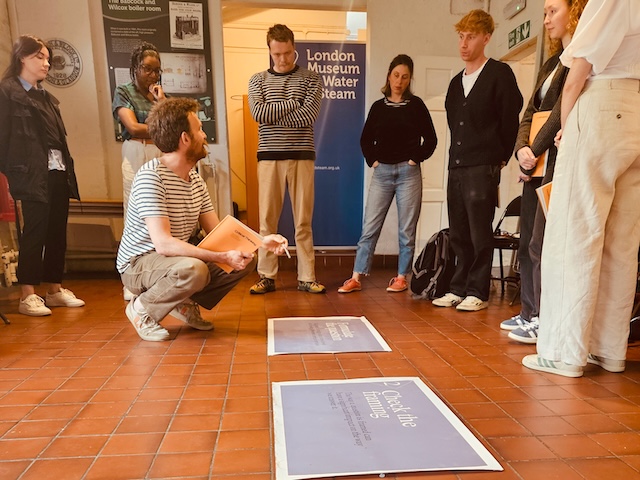…here’s the Tauros.
I read last week that Aurochs were the third heaviest mammals to wander Europe, after woolly mammoths and their sartorial companions, woolly rhinoceroses. Aurochs were like giant long-horned cows. They crashed their way through woodlands, opening up the canopy by knocking over trees. In doing so they allowed an interconnected mosaic of habitats to form and sustain in the woods of Europe.
That is until over 300 years ago when they became extinct in the UK. It is believed the last aurochs was killed in Poland four centuries ago.
As engineers (and other humans) become increasingly concerned about habitat loss and restoration, there is increasing interest in the role that extinct mega fauna (giant animals) played in creating and maintaining thriving habitats.
And so I am excited to hear about this experimental programme which aims to recreate the effects that aurochs had on the landscape. In this scheme, charity Trees for Life is releasing a herd of Tauros into the Dundreggan Estate, near Loch Ness. Tauros have been back-bred from long-horned cattle to create animals that begin to resemble the mega fauna that once roamed the UK.
I see this project as an exciting example of unlocking the living world’s potential to create rich habitats. And of the role humans can play in this process of trying to counter some of the previous harm we have done.

